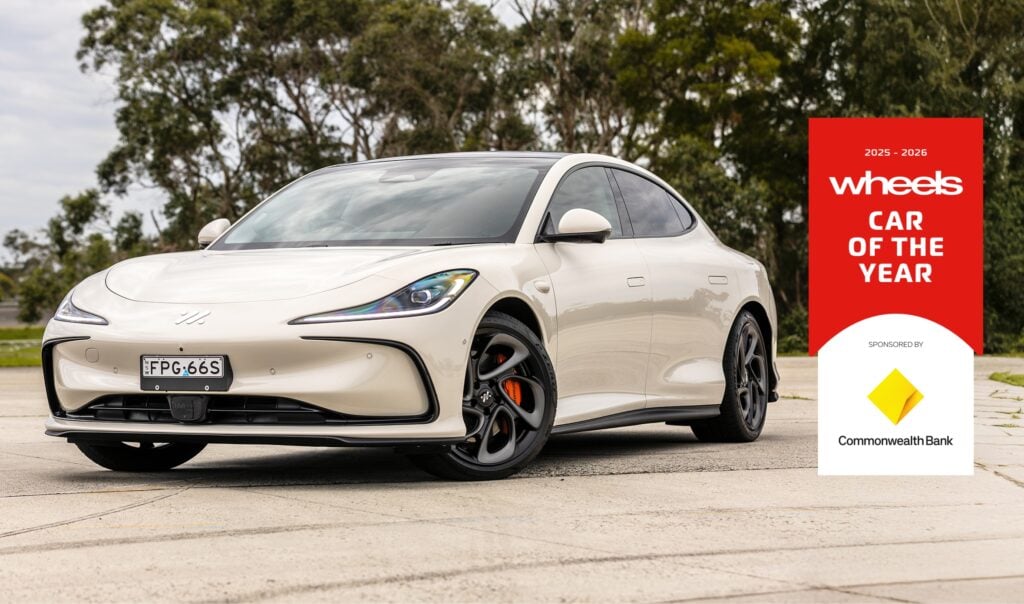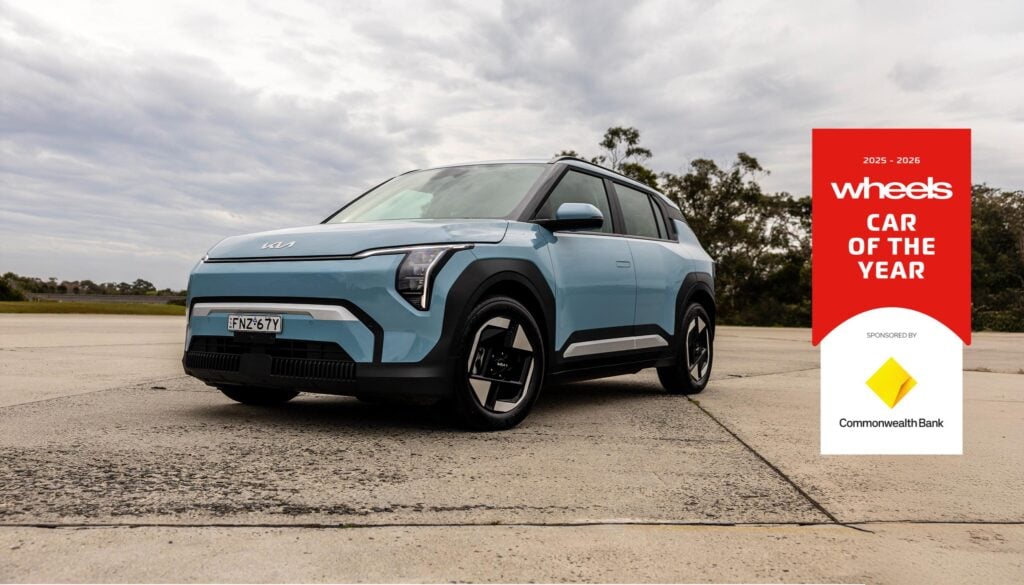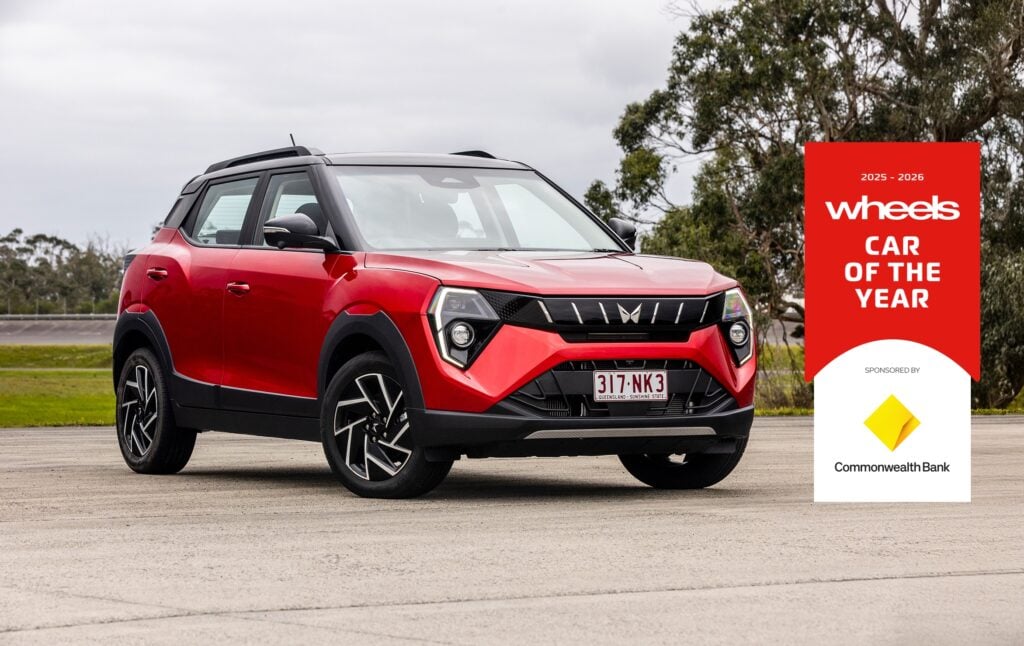Not all of the Mazda MX-5’s greatness makes the transfer to the Abarth 124 Spider.
IN A business sense, the Abarth 124 Spider is a win-win proposition. Fiat’s Abarth performance car division gains a fine and affordable rear-drive two-seater for a fraction the price of doing one from scratch. Mazda, which builds the sports car, gets increased throughput for its MX-5 factory and the improved economies of scale that come with it. The Japanese presumably also make a modest profit on each car they produce for the Italians.
Although the 124 Spider exists because it makes bean-counters on two continents happy, it’s not without customer appeal.
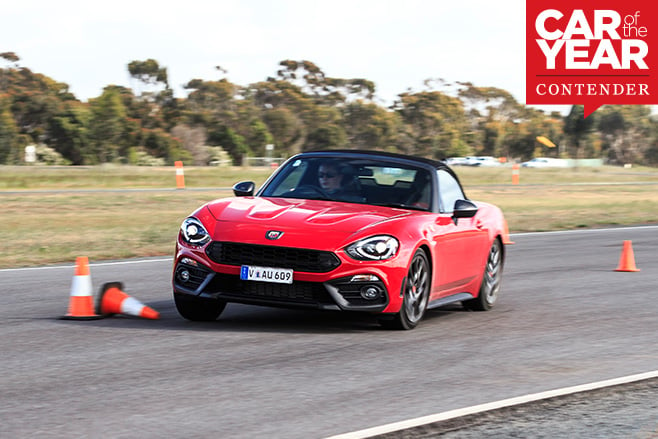
In Australia, the 124 Spider is priced very, very competitively. With drive-away prices starting from $43,500, the Abarth actually undercuts the top 2.0-litre models in Mazda’s line-up.
The major difference between the 124 Spider and the MX-5 on which it’s based is its Fiat-produced 1.4-litre MultiAir turbo four. This engine delivers a little more power and a lot more torque than Mazda’s non-turbo SkyActiv 2.0-litre. The engine is teamed with manual and automatic transmissions, with ratios different from the MX-5 selected to better suit the MultiAir’s turbocharged characteristics.
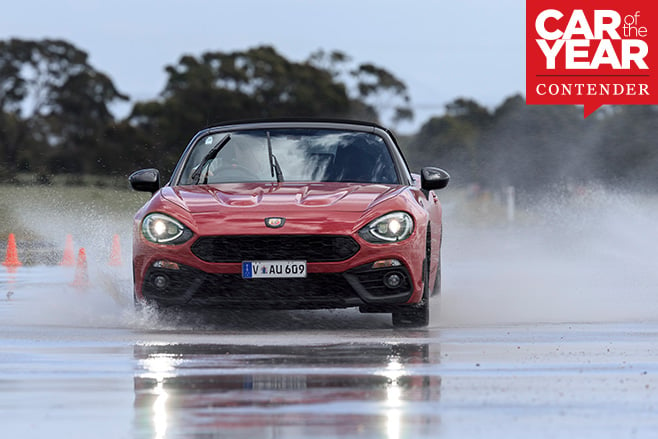
The 124 Spider’s chassis is a more serious problem. Fiat’s engineers aimed for a stiffer, more overtly sporty set-up than Mazda’s, specifying Bilstein dampers and different springs.
The Abarth’s ride, consequently, is stiff and unyielding. While the 124 Spider’s body roll is reduced compared to the MX-5, the handling benefits are negligible to non-existent. The Abarth’s suspension also exaggerates the scuttle shake that’s present but not nearly so prominent in the Mazda.
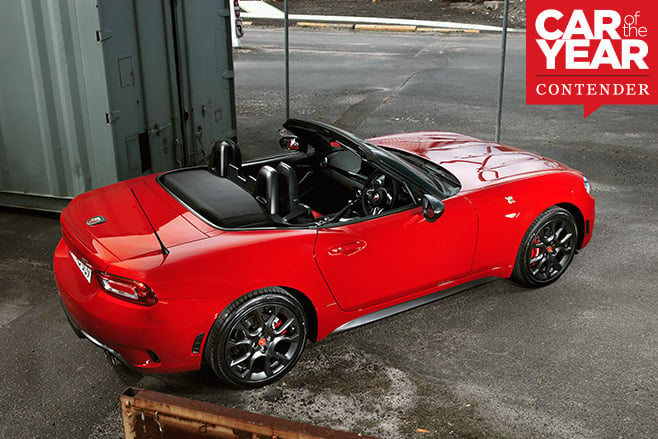
The 124 Spider isn’t a pointless collaboration. It serves both participants in the deal well, as well as adding choice to the affordable roadster segment the MX-5 has owned for decades. The Abarth is good enough to succeed, and we hope it does. But it lacks the dynamic polish and, dare we say, the originality, that propels the Mazda beyond mere goodness to genuine greatness.
Specs
BODY Type: 2-door roadster, 2 seats Boot capacity: 140 litres Weight: 1100 – 1110kg
DRIVETRAIN Layout: front engine (north-south), RWD Engine: 1368cc 4cyl turbo (125kW/250Nm) Transmissions: 6-speed manual; 6-speed automatic
CHASSIS Tyres: 205/45R17 ADR81 fuel consumption: 6.5 – 6.7L/100km CO2 emissions: 150 – 155g/km
Collision mitigation: No Crash rating: not tested Prices: $41,990 – $43,990




